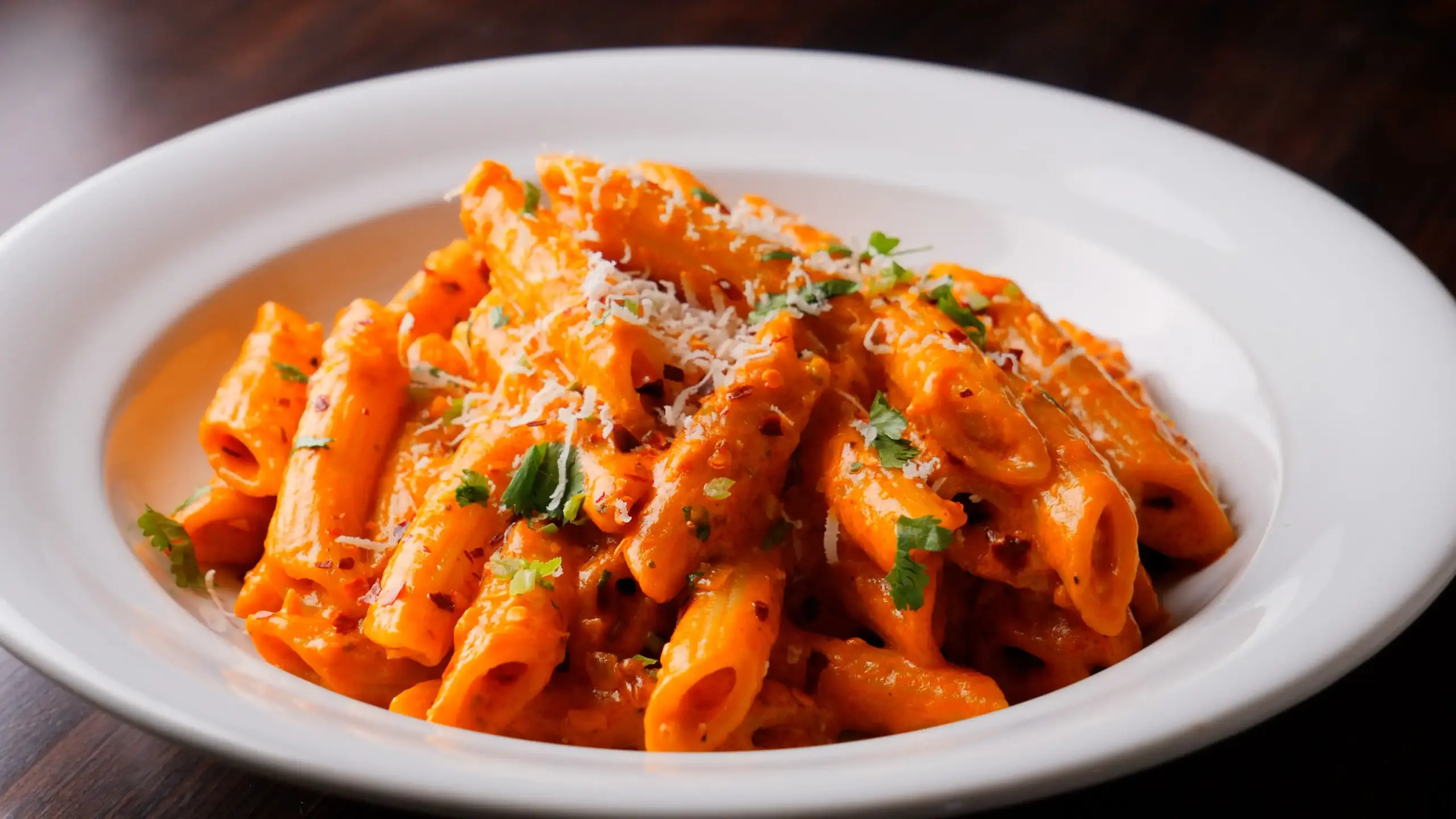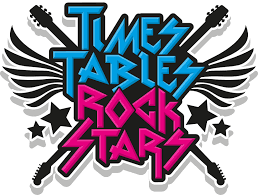Welcome to Year 3
Below is information about what your child will be learning this term. Every Friday you'll also find homework on google classroom for your child to practise over the course of the week.
PE Days
Your child will have 2 PE sessions a week. One with their class teacher and another with our PE specialist. Please check your child’s PE day and ensure they are dressed in appropriate PE uniform on these days (jogging bottoms/leggings/white t-shirt, jumper and trainers)
Each class will have their PE lessons on:
| 3B (Ms Brady) | 3W (Ms Wood) | 3M (Ms Muldoon) |
| Monday (indoor) + Tuesday (outdoor) | Monday (indoor) + Tuesday (outdoor) | Monday (indoor) + Tuesday (outdoor) |
Spring Curriculum
Reading
During the Spring term your child will be continuing to use a range of reading strategies that will support them in their reading mileage as well as their understanding of what they have read. They will be reading a range of non fiction texts related to the geography unit in addition to a few core texts for e.g Fantastic Mr Fox, Hodgeheg and Diary of a Killer Cat.
Children will be practising and revisiting the following strategies in their reading lessons:
- Retrieval
- Making Connections
- Clarifying
- Summarising
- Inferring
- Predicting
- Questioning
Reading at Home
We will continue to work on our reading habits, encouraging all children to change their books regularly and bring their Rhome books in everyday. We encourage every child to read at home everyday for 10 minutes at least and record it in their R@home book. Children will also have access to their Reading Eggs accounts, where they can read online books and practise comprehension questions.
Writing
In writing we will be looking at a range of writing text types this term:
- explanation text
- persuasive letter
- quest story with a dilemma
Within these texts they will be continuing to focus on:
- putting their full stops in correctly
- using capital letters to start a sentence, for proper nouns and I
- using fronted adverbials
- using a range of simple and compound sentences
- using commas within a list
- using and punctuating direct speech
Handwriting
We will continue to teach children both print and cursive writing depending on where each individual child is at with their handwriting. Handwriting lessons will be taught at least 2-3 times weekly.
Maths
In maths lessons, children will be learning about multiplication using the column method (including renaming) and the bus stop method for division. After this we will be learning about:
Length: Pupils will learn to measure different items using centimetres, metres and kilometres. They will be able to convert different units of measurement as well as compare different lengths.
Mass: Children will look at different units to measure mass, specifically grams and kilograms. They will practise reading weighing scales that have different values for each marking.
Volume: Students will learn to measure volume using millilitres and litres. They will also practise a variety of problem solving questions on volume and capacity.
Money: Pupils will consolidate previous learning on recognising notes and coins. They will practise simple additions and subtraction skills to add amounts of money.
Time: Children will start by telling the time using a.m and p.m, telling the time to the minute, using analogue and digital time and telling time by using both the minute and hour hands. After this has been mastered, students will learn 24 hour time. Then they will measure and compare time in seconds, minutes and hours and find start and end times.
Throughout the term and year, we will also be working on a range of basic fluency skills, where children will be practising their number facts such as:
- Counting on in 4s, 8s, 50s and 100s
- Partitioning numbers to 1000 to support addition and subtraction
- Mentally adding and subtracting 3 digit numbers by looking at hundreds, tens and ones
- Mental addition and subtraction with 2 digits where the answer exceeds 100
- Recalling 3, 4 and 8 times table and connecting through doubling
We use https://play.ttrockstars.com/ to help with times tables practice. You can find your child's log in on the front cover of their homework book.
Children will also be given time to practise previous learning 2-3 times a week within a quadrant as well as consolidating their numbers to 20, four times a week.
Throughout the term and year, we will also be working on a range of basic fluency skills, where children will be practising their number facts such as:
- Counting on in 4s, 8s, 50s and 100s
- Partitioning numbers to 1000 to support addition and subtraction
- Mentally adding and subtracting 3 digit numbers by looking at hundreds, tens and ones
- Mental addition and subtraction with 2 digits where the answer exceeds 100
- Recalling 3, 4 and 8 times table and connecting through doubling
We use https://play.ttrockstars.com/ to help with times tables practice. You can find your child's log in on the front cover of their homework book.
Jigsaw PSHE
Spring 1 unit: Dreams and Goals
During the Spring 1 term, children will be looking at their own dreams and goals. They will be given an opportunity to think about the things they enjoy and how they can develop their skills within their hobbies and academically. They will also learn about other people who face challenges and be able to discuss how they have achieved success within this challenge. Students will then think about different challenges people might have and how they can work out the best way to solve these challenges.
Geography
The topic of learning for this unit is called ‘The Surface of the Earth.’ During these four weeks your child will learn about:
- the four layers of the earth and what they are made up of
- tectonic plates and their impact
- how earthquakes happen (richter scale) and their impact on human and animal life
- how volcano eruptions happen and their impact on human and animal life

Design and Technology
During the Spring 2 term, your children will have a week learning about Cooking and Nutrition. In this time, they will learn the following skills while cooking a pasta dish:
- To follow safe procedures for food safety and hygiene.
- To follow a recipe to make a healthy meal (controlling timing and the temperature of the oven or hob if cooking).
- To select appropriate equipment to measure ingredients to the nearest gram or millilitre accurately.
- To be able to use different food preparation techniques e.g. cutting (bridge and claw, baton and cubing), grating, spreading etc.
- To demonstrate an understanding of where food comes from and seasonality and how ingredients are reared and caught and location globally.
- To begin selecting different foods depending on their nutritional value.

Indoor Physical Education
During Spring 1, Year 3 will be learning how to play a game called Throwball. They will be focusing on their fundamental skills such as throwing, catching, jumping, coordination and running.



